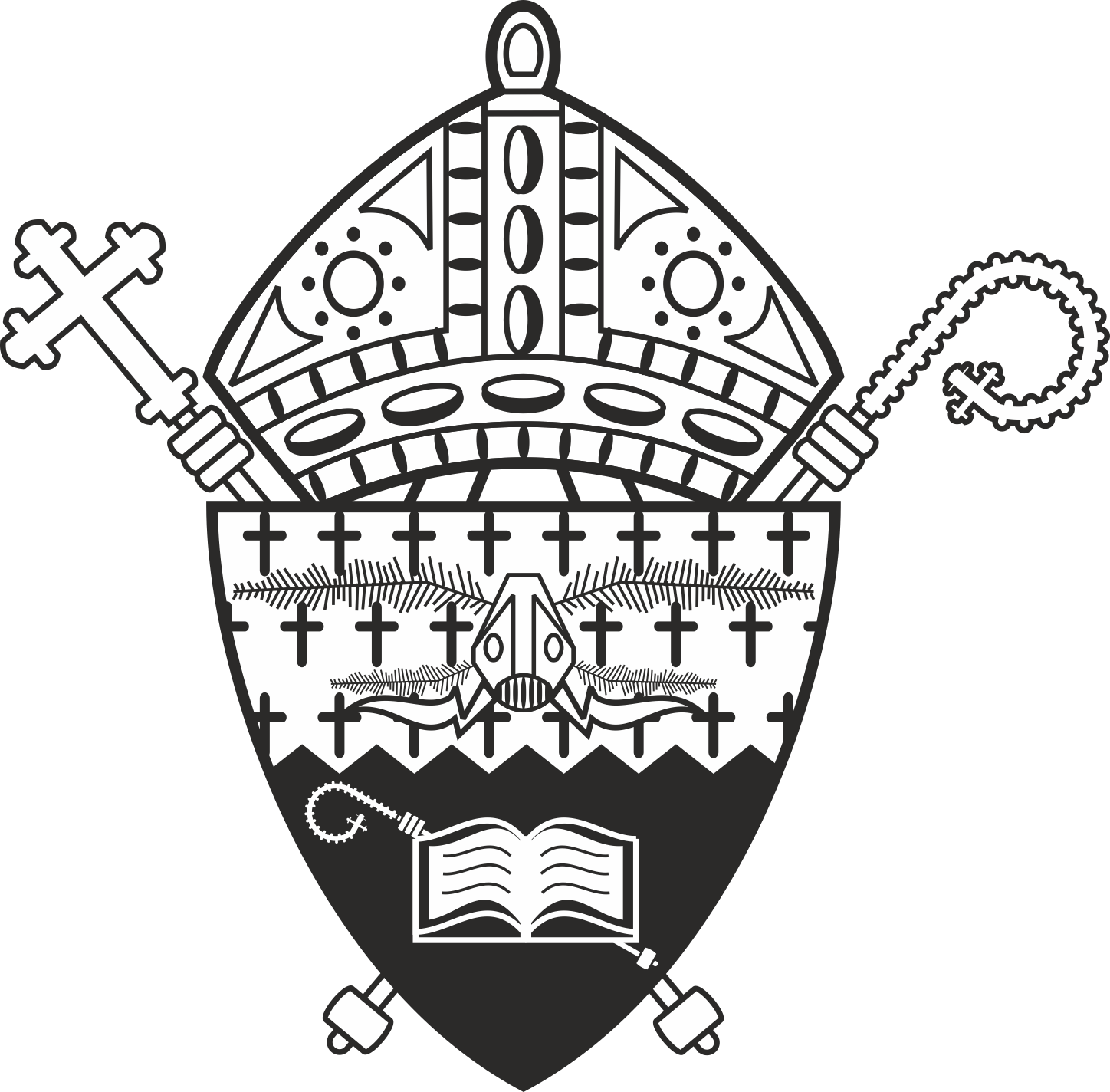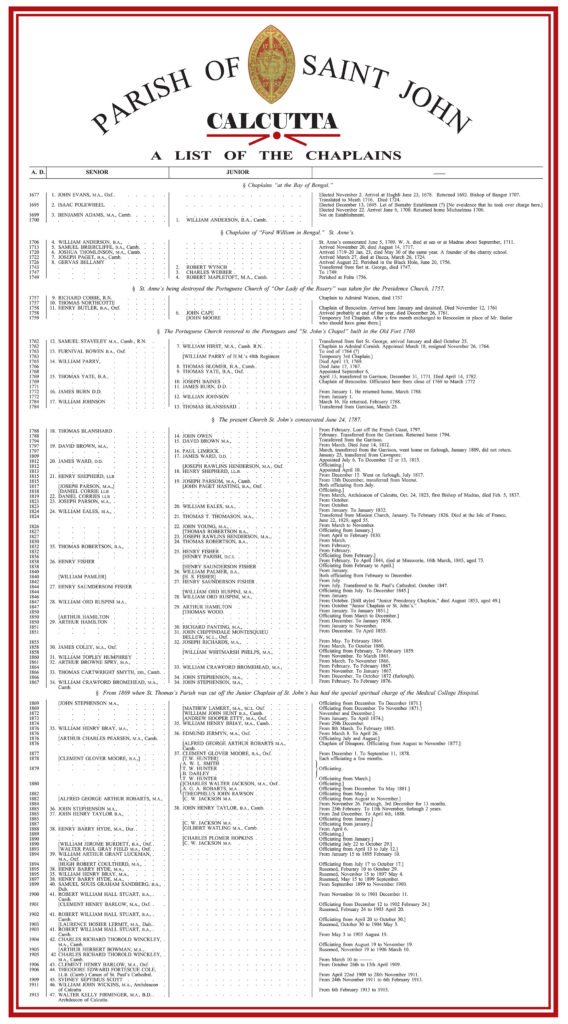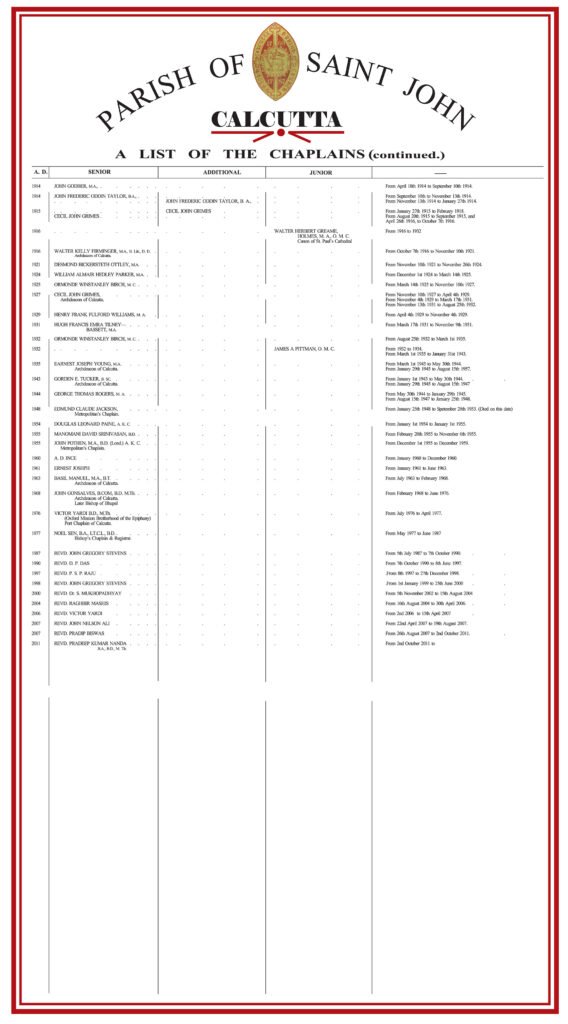About us
The St. John’s Church is a huge rectangular construction in the neoclassical architectural style. A stone spire 174 ft. tall comprising a giant clock is the most distinguishing feature of the church.
History & Architecture
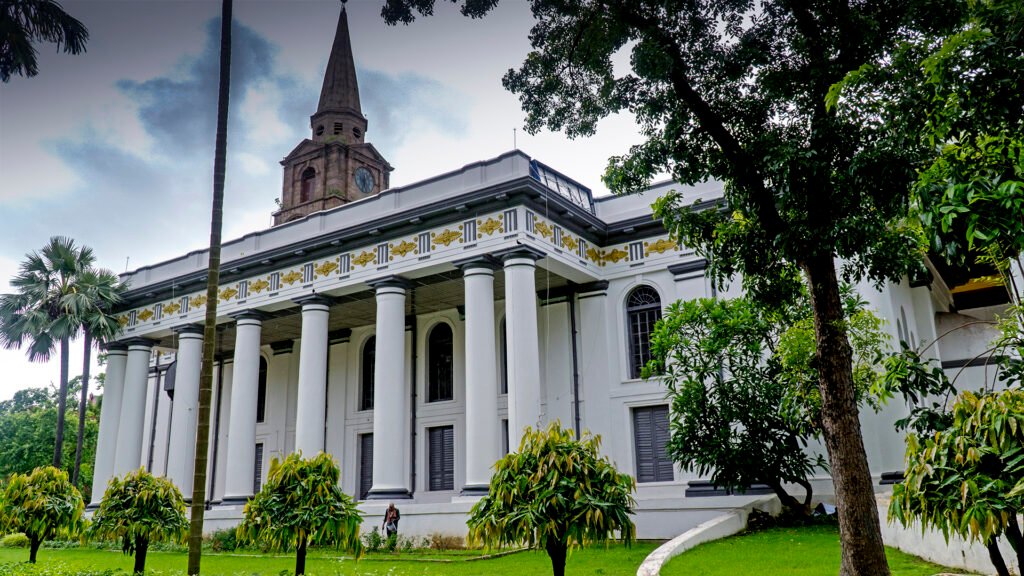
Church Interiors
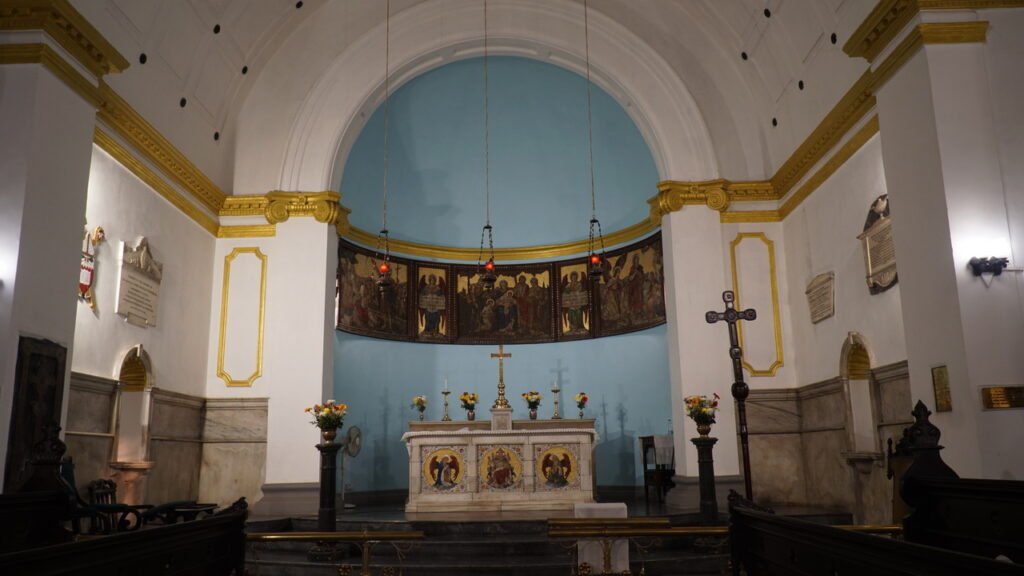
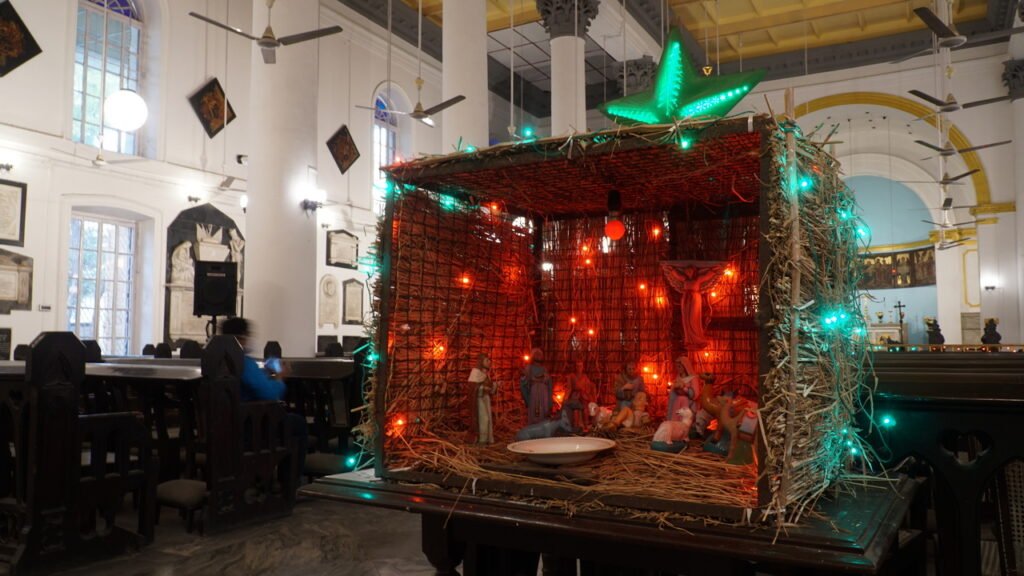
Church Compound
The Church was built on a graveyard, so the compound has several tombs and memorials, but only a couple of them are older than the church itself. The oldest tomb belongs to Job Charnock, who was once Job Charnock’s Mausoleum, considered the founder of the city. The octagonal Moorish styled mausoleum also contains the grave of Charnock’s wife and several other people.
At the far end of the compound, lies the beautiful tomb of Francis (Begum) Johnson, a lady who married 4 times and lived up to the age of 87. On the Northern balcony of St. John’s Church, lies the elaborately decorated memorial of Lady Canning. The compound also houses the controversial Calcutta Black Hole Memorial, Second Rohilla War Memorial and several other graves.
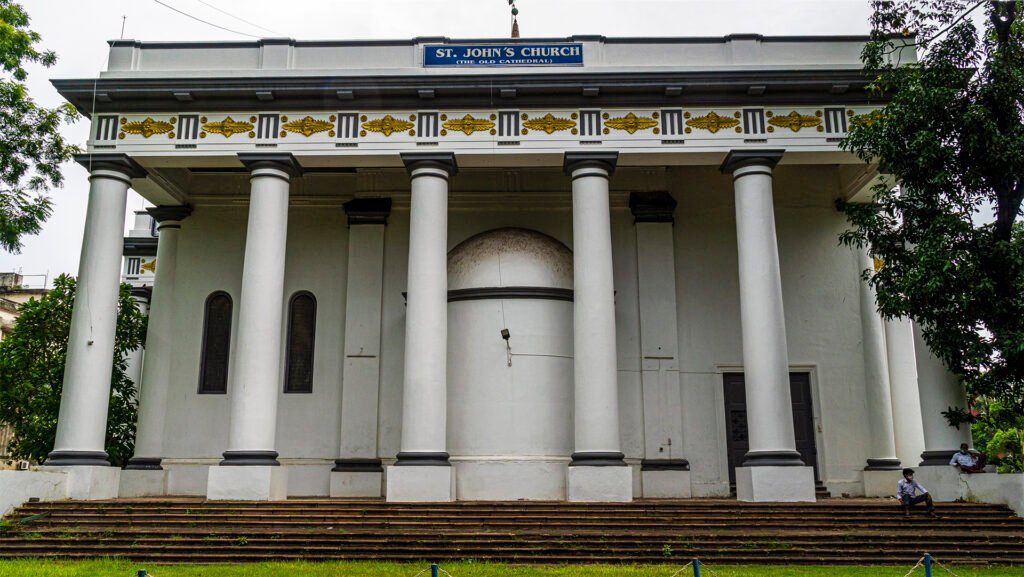
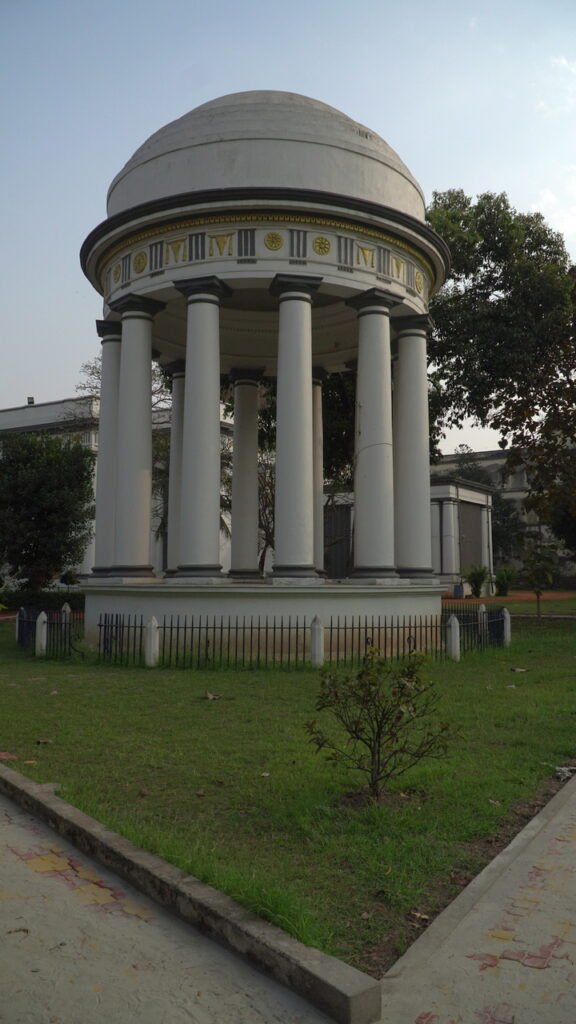
Rohilla War Memorial
The memorial contains the body of officers, killed in the Rohilla War.

Black Hole Monument
John Holwell, the British survivor and later the Governor of Bengal erected a monument at the location of the Black Hole disaster. It was removed in 1822 and again restructured by Lord Curzon in 1901 at the Southwest corner of the Writers’ Building. This was again shifted to its present location at the compound of St. John’s Church in 1940.
Zofanny’s Last Supper
Johann Zoffany, gave an Indian touch to the historic Biblical event Last Supper in 1787. This painting is not an exact replica of Leonardo’s masterpiece.

Church Vestry
The room of Warren Hastings, one of the Governor-Generals of British-ruled India has been reinstated accurately identical when he used it along with his chair, old Bibles, wooden cupboards & furniture.
Church compound
St. John’s Church is one of the first public buildings constructed by the East India Company after Kolkata became the capital of British India. The construction of the St. John’s Church commenced in 1784 and was concluded in 1787.

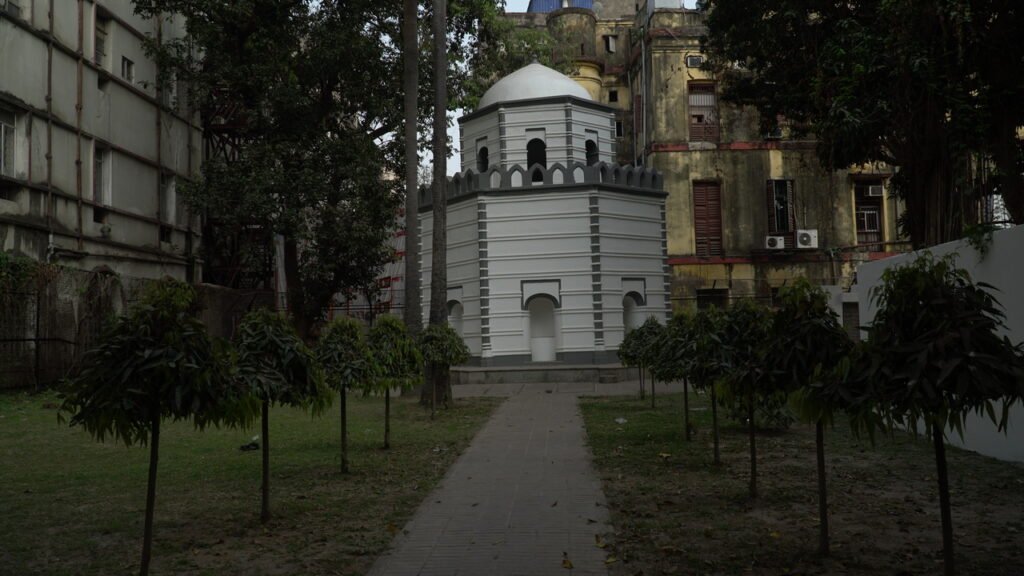
Job Charnock’s Mausoleum
Job Charnock, an aspiring British Colonial administratorarrived in Sutanuti village in 24th August, 1690. He merged the three villages of Sutanuti, Govindopur & Kolikata to form the city of Calcutta. Charnock’s son- in law Charles Ayer erected the octagonal Moorish style tomb in the graveyard of St. John’s Church in 1695.
Exterior view of St. John’s Church
St. John’s Church is one of the first public buildings constructed by the East India Company after Kolkata became the capital of British India. The construction of the St. John’s Church commenced in 1784 and was concluded in 1787.

Pipe organ
Pipe organ is the largest and the oldest in Calcutta, it is more than 200 years old.
